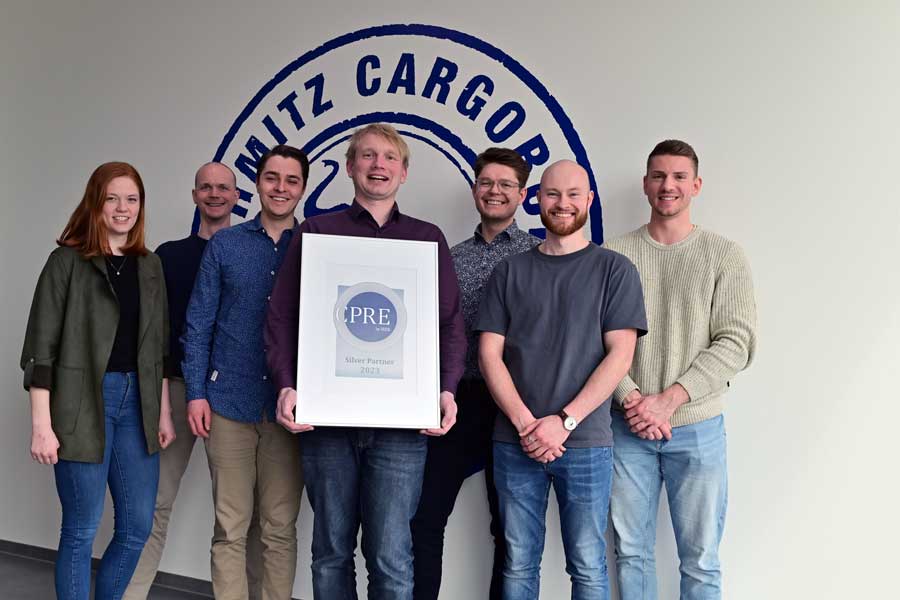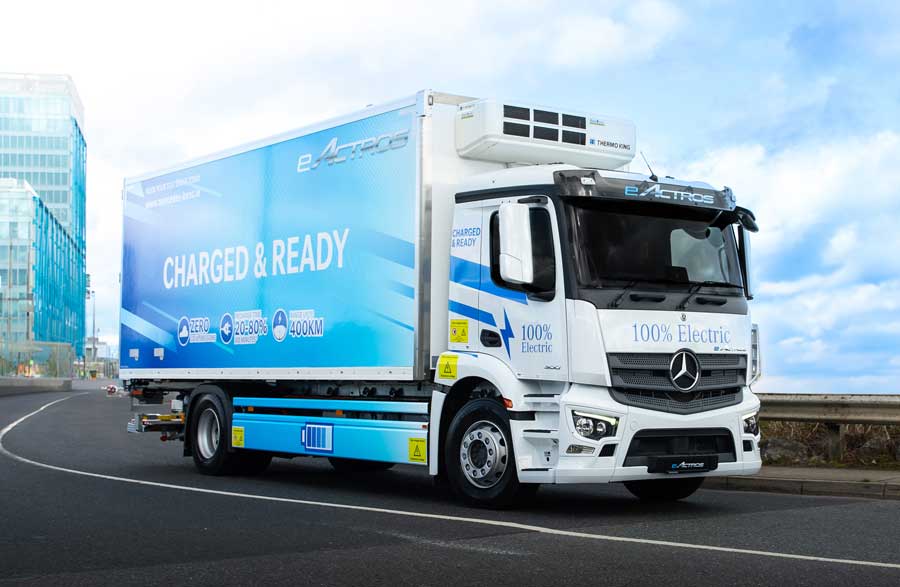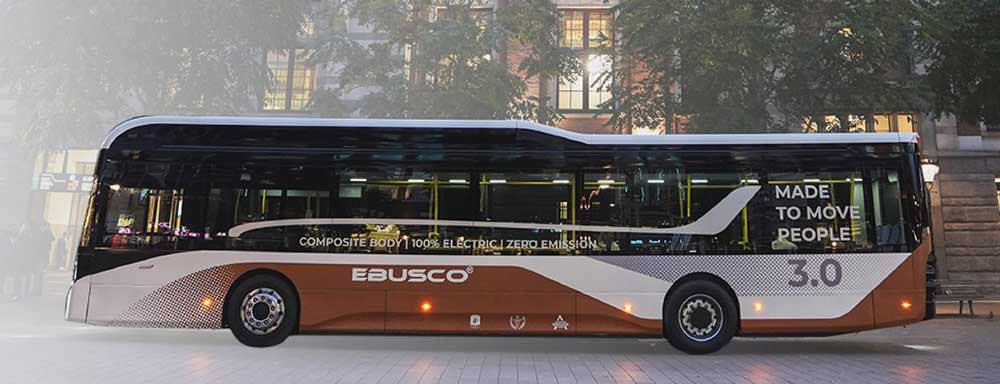The technology company ZF has continued its strategic course in the extraordinarily demanding year of 2022 and set the course for future economic development. Some areas will be opened up to potential partners and investors. Others should be able to act more efficiently and closely with the customer through mergers. These steps aim to align ZF more clearly with future fields and make it more profitable. In the 2022 financial year, the company generated sales of €43.8 billion, an increase of 14 percent compared to the previous year. Adjusted EBIT was €2.0 (2021: €1.9) billion; the adjusted EBIT margin was 4.7 (2021: 5.0) percent.
With these results, ZF has achieved its forecast adjusted in the fall. But from the company’s point of view, they are not sufficient to cope with an accelerated change in times of transformation. “Even though we made further progress with our strategy in 2022, we cannot be satisfied with this financial result,” said ZF CEO Dr. Holger Klein at the balance sheet presentation in Friedrichshafen on Thursday. Klein has headed ZF since January 1, 2023. “Our most important task is to focus ourselves, and to push change and gain speed. We have launched a comprehensive performance program to accelerate processes, simplify decision making and maintain cost discipline.” The efficiency gained will enable ZF to make targeted investments in high-yield, future-oriented technologies.
Based on the “Next Generation Mobility” strategy, ZF is further developing its corporate structures to better adapt them to the requirements of customers and the market. ZF is therefore planning, among other things, to unite the two divisions for Car Chassis Technology and Active Safety Systems into a new division for chassis, steering and brake technology that is unique in the market. “The new division offers all the hardware, software and electronics needed to control the vertical, longitudinal and lateral dynamics of a vehicle. With a turnover of more than €14 billion, it should be a strong partner for our customers from the start,” explained Klein.
ZF is setting up some business areas independently so that they can grow faster and operate more successfully in the market. “We are looking for external investors as partners for attractive areas with very good growth potential and high investment requirements,” said Klein. These include the Passive Safety Systems Division, the conventional car axle business and the business with autonomous shuttles.
The areas of aftermarket and electric drives, among others, have developed successfully. The ZF Aftermarket Division won over its customers with more digital solutions and services and increased its sales again (2022: up six percent to €3.2 billion). In e-mobility, the order backlog for electrified drives for passenger cars and commercial vehicles now amounts to more than €30 billion. This enables ZF to make the transition from classic transmissions to electric drive solutions.
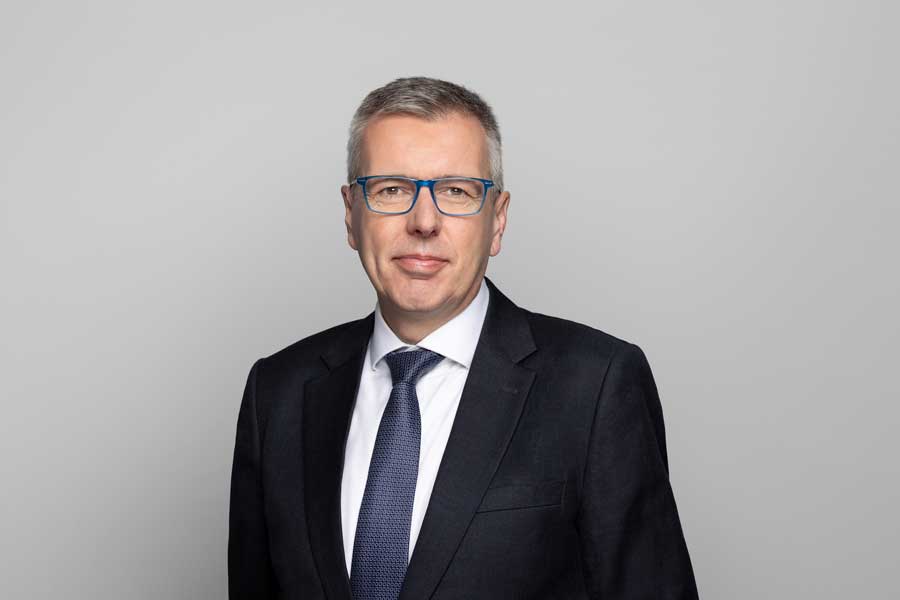
Sales growth impacted by currency effects
In the 2022 financial year, ZF achieved group sales of €43.8 (2021: €38.3) billion, an increase of 14 percent compared to the previous year. Organic growth was 9.3 percent, with the remaining difference primarily due to currency effects. Adjusted EBIT was €2,038 (2021: €1,910) million, which corresponds to an adjusted EBIT margin of 4.7 (2021: 5.0) percent. Free cash flow adjusted for M&A activities was €544 (2021: €991) million. At the end of last year, net debt amounted to €10.4 (2021: €10.1) billion; the equity ratio rose from 18.6 percent at the end of 2021 to 22.1 percent.
“In terms of sales growth, we developed better than the global vehicle markets,” said CFO Michael Frick. “However, better profitability and higher cash flow are important prerequisites to remain strong in research and development and to reduce our financial debt. We are working intensively on both topics.” This includes, for example, reducing costs as well as efficient management of stocks to be prepared for both possible supply chain interruptions and varying parts requests from customers.
n the area of research and development (R&D), ZF has again increased its activities: Expenditure on research and development was at a record level of €3.4 (2021: €3.1) billion. The R&D ratio reached 7.8 (2021: 8.0) percent. Investments in property, plant and equipment amounted to €1.9 (2021: €1.6) billion, which corresponds to an investment ratio of 4.3 (2021: 4.2) percent.
Outlook for the 2023 financial year
Based on vehicle production, which has been shrinking since 2019, ZF is now expecting a fifth consecutive year of crisis in the wake of the pandemic and the beginning of the war in Ukraine. Against the backdrop of existing challenges and ongoing uncertainties surrounding world markets, in 2023 the company expects moderate growth in group sales to more than €45 billion. This sales growth is expected to lead to an adjusted EBIT margin of between 4.7 and 5.2 percent. Free cash flow is expected to be in a range of €1.0 billion to €1.5 billion.
“These difficult years have made ZF and the entire ZF team more resilient,” emphasized CEO Klein. “With commitment, perseverance and team spirit, our employees have made a decisive contribution to ZF’s progress. I thank them sincerely for this commitment.”
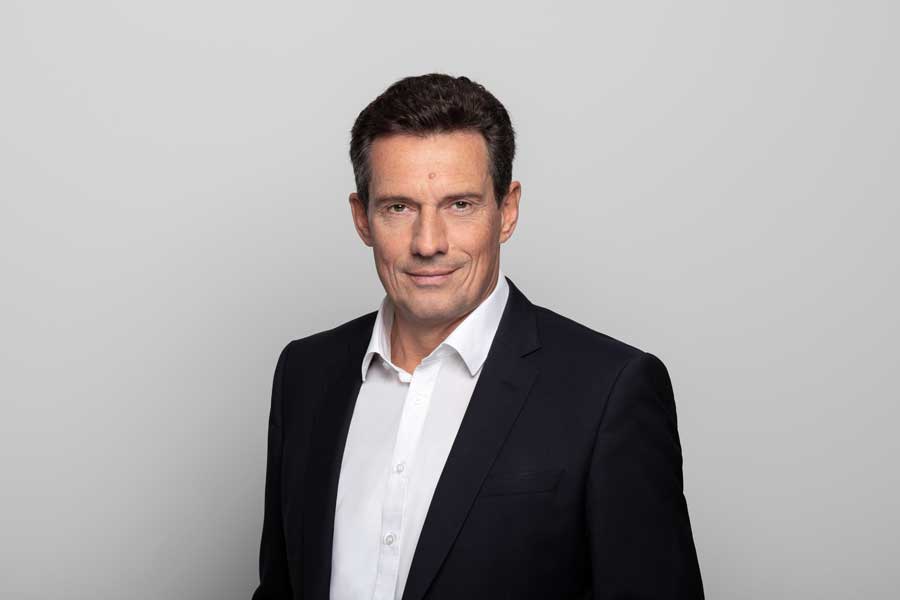
Company goal of sustainability: “Acting now” on several levels
ZF has anchored its sustainability efforts in the company under the motto “Acting now”. Klein: “’Acting now’ underlines that we are acting today – for climate protection and a good future for a healthy planet.” As an incentive to achieve these goals, environmental, social, governance (ESG) criteria – namely diversity and sustainability – have been included in the remuneration system for top management.
This topic is also reflected in ZF products in many ways, as an example from the ZF wind power business unit. An international team of ZF engineers has significantly reduced the noise emissions of wind power gearboxes for new generations of large turbines with a rotor diameter of more than 140 meters. “Our team has succeeded in making wind turbines quieter, therefore making an important contribution to their social acceptance,” said Holger Klein. It is also a great commercial success for ZF: Not least because of this newly developed process, the company is the preferred development partner and supplier for leading manufacturers of wind turbines, especially in Germany and Europe.
The wind power business also benefits from the recently announced cooperation between ZF and the U.S. semiconductor manufacturer Wolfspeed. In its planned factory on the site of a disused coal-fired power plant in Ensdorf, Saarland, silicon carbide semiconductors that can make wind turbines more efficient will be produced. The semiconductors are mainly used in power electronic inverters in electric cars. They have key advantages over conventional silicon-based products: higher efficiency, greater power density and improved reliability. “For us at ZF, the partnership with Wolfspeed is an important step towards a future in which cars will primarily be electric,” said CEO Klein. “Because we are convinced that chips are the new cog as we transform from mechanical to digital.”







